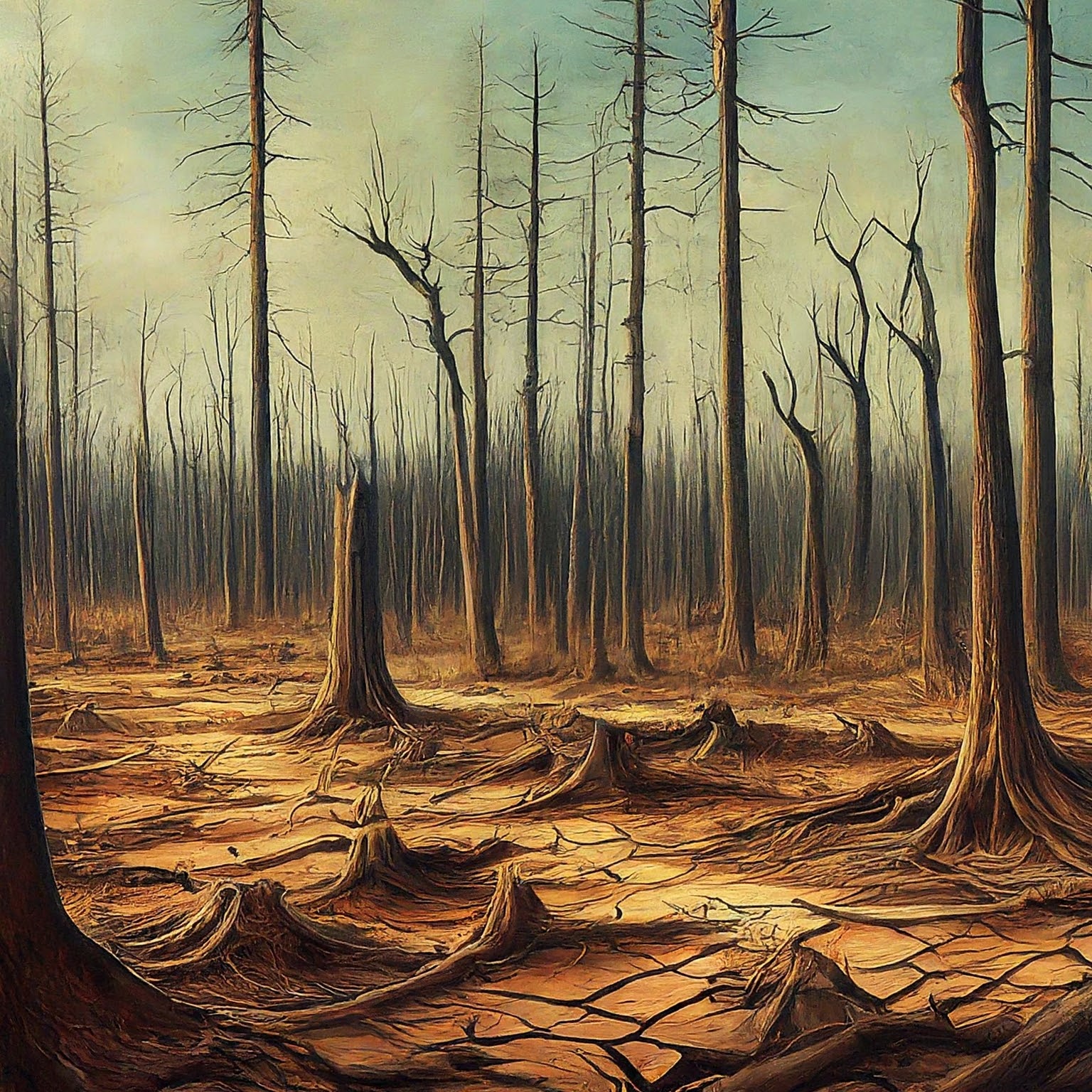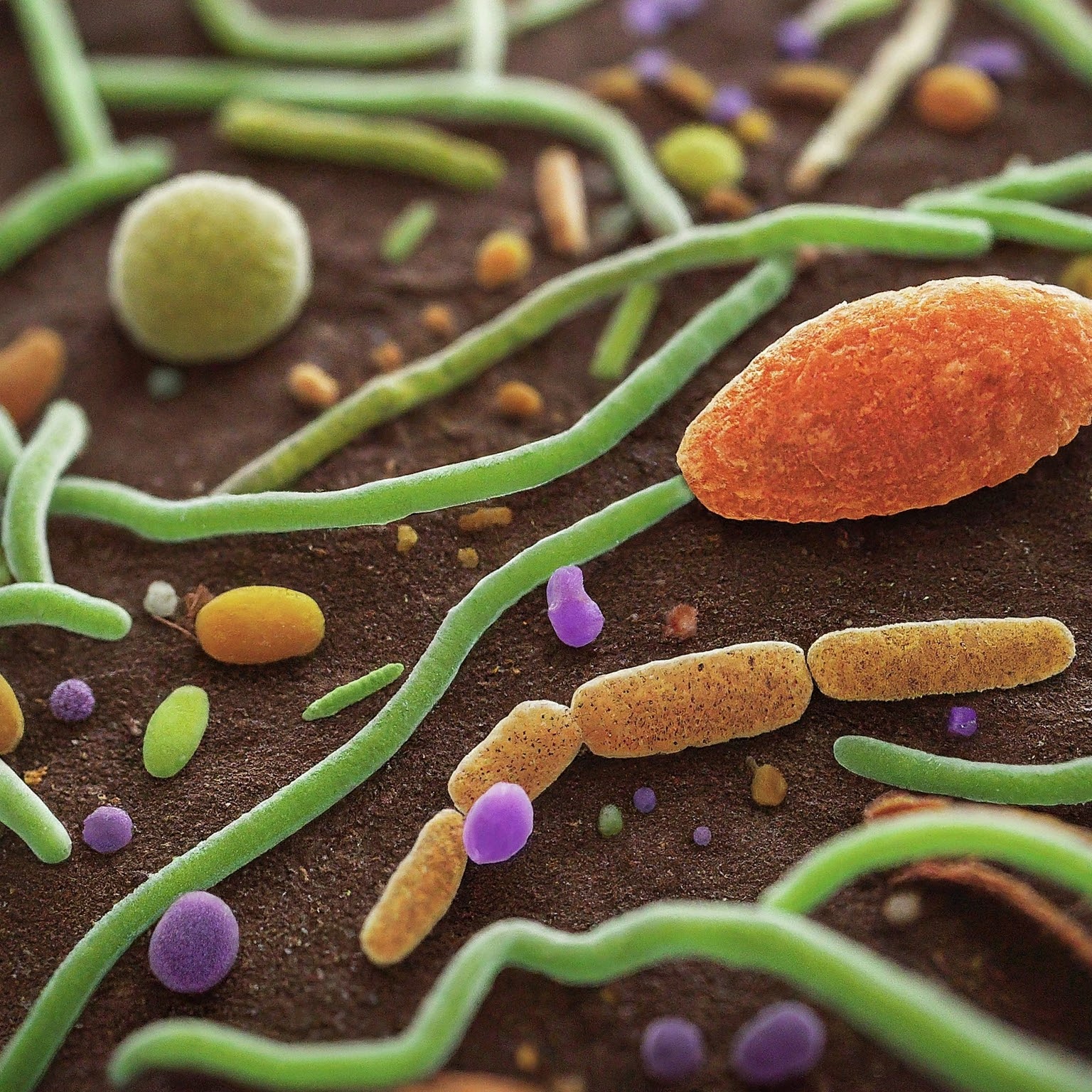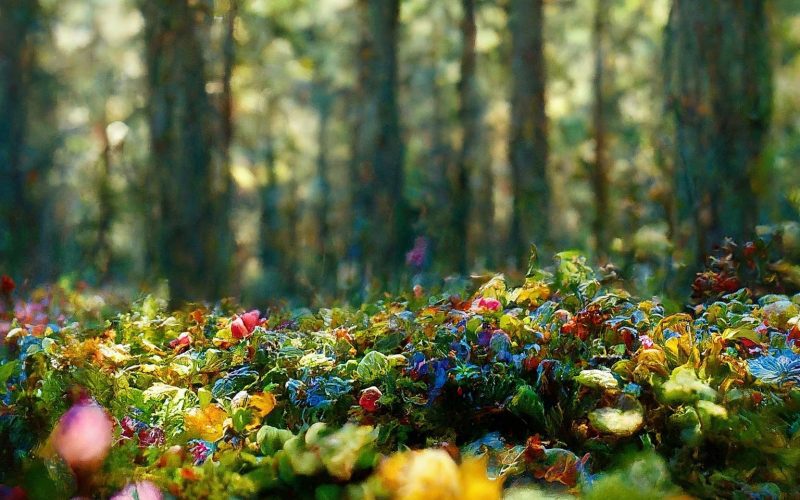Meet Dr. Alice Green
Dr. Alice Green is a renowned environmental microbiologist with over 15 years of experience studying the complex relationship between plants, microbes, and human health. Her research focuses on how environmental changes can disrupt ecosystems, leading to unforeseen consequences for human populations. In this article, Dr. Green delves into the fascinating world of interconnectedness within nature and how a shift in plant health can spread illness to people.
The Silent Symphony: Plants, Microbes, and Human Health
Imagine a vibrant ecosystem teeming with life. Plants stand tall, bathed in sunlight, while a hidden orchestra of microbes conducts a silent symphony in the soil beneath. This intricate dance between plants and microbes is vital for a healthy planet, and for us humans as well. Plants rely on microbes for essential nutrients, while microbes benefit from the sugars produced by plants through photosynthesis. This symbiotic relationship creates a flourishing environment that supports all forms of life.
When the Music Stops: Environmental Disruption
However, human activities like deforestation, pollution, and climate change are disrupting this delicate balance. Rising temperatures, altered rainfall patterns, and chemical contaminants can disrupt the microbial communities in the soil. This can weaken plant health, making them more susceptible to disease-causing pathogens.

From Plant to Plate: The Spread of Illness
As stressed or diseased plants struggle to survive, they may release harmful toxins or attract disease-carrying insects. These toxins and insects can then contaminate our food sources, leading to a variety of human illnesses. Additionally, when the beneficial microbes in the soil decline, it can create an opportunity for harmful pathogens to thrive. These pathogens can then enter the food chain or directly infect humans through contact with contaminated soil or water.
A Look at the Numbers: Environmental Change and Human Illness
Here’s a table summarizing the potential consequences of environmental disruption on human health:
| Environmental Disruption | Impact on Plants | Impact on Humans |
|---|---|---|
| Deforestation, pollution | Reduced plant health, increased susceptibility to disease | Increased risk of foodborne illness, exposure to toxins |
| Climate change (rising temperatures, altered rainfall patterns) | Disruption of soil microbial communities | Spread of pathogens, emergence of new diseases |

Nature’s Call to Action
The interconnectedness of nature is a powerful reminder that our well-being is intrinsically linked to the health of our planet. By protecting our ecosystems and promoting sustainable practices, we can foster a healthy environment for plants, microbes, and ourselves.
Here are some actionable steps we can take:
- Support sustainable agriculture: Opt for organic produce whenever possible and advocate for practices that promote healthy soil ecosystems.
- Reduce your carbon footprint: Minimize your reliance on fossil fuels and embrace eco-friendly alternatives like public transportation or cycling.
- Plant trees and native flora: Create a haven for beneficial microbes and support local ecosystems in your own backyard.
By working together, we can ensure a harmonious symphony continues to play within our environment, safeguarding the health of plants, microbes, and ultimately, ourselves.
Remember: Even small changes can make a big difference. Let’s embrace a more sustainable future for a healthier planet and a healthier us.












